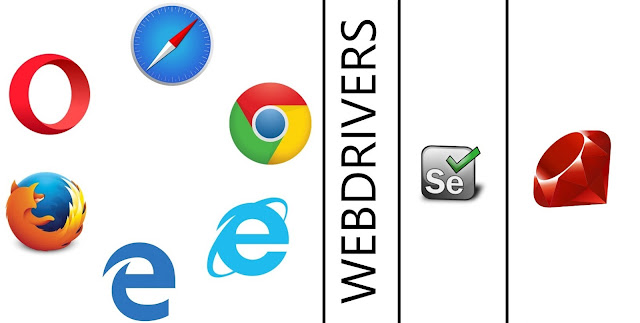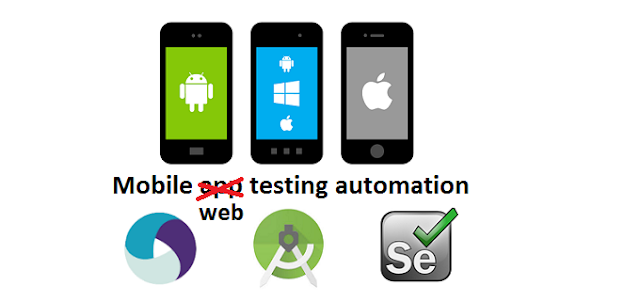Android statistics: April 2018

Some time ago I started to share Android statistics and predictions and I still keep track of these statistics. At my previous employer I also had to report on this, so I created some blogposts on their website instead of here. So I thought it might be interesting to start sharing this information again. I'll share my reasons to support or skip a certain version on the long and short term. Obviously the support you want to give for your app/website is depending on your customers and not per see on these statistics. https://developer.android.com/about/dashboards/ Data collected during a 7-day period ending on April 16, 2018. Any versions with less than 0.1% distribution are not shown. Statistics I'm skipping the numbers for Android Jelly Bean and earlier (4.3 and earlier). The reason I left these out is due to the fact that there market share really does not matter anymore. And there are so many lines in these graphs that it is more clear this way. In case your ap...




